The 5 p.m. Forbidden City is an eviction, which is related to the shocking incident
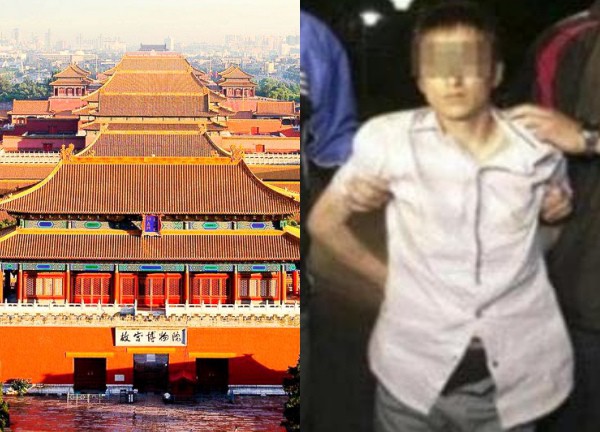
4 | 1 Discuss | Share
Up to now, many people still wonder why the Vietnamese eunuch was trusted by Emperor Zhou De and entrusted with the responsibility of building the Forbidden City with the eunuch Trinh Hoa of China.
For a long time, the Forbidden City has become one of China's iconic architectural works and has a very special meaning for the people of this country. Surrounded by crimson walls, the Forbidden City is more than 700,000 m2 in size, appearing as a central circle, and then the next layer of concentric circles made up of four courtyards, a type of mansion consisting of blocks surrounding a courtyard.
In determining the basic layout of the new capital, the Ming Dynasty set a convincingly appropriate standard, based on the teachings of the Kaogong Ji (transliterated from Kaogong Ji), an ancient text handed down from the 5th century BC. is part of the Zhou Li series (also known as the Zhou Guan or Zhou Guan Jing) - one of the three ceremonies listed in the Confucian classics, talking about the political regime and the responsibilities of the hundred officials, traditionally established by Zhou Gong.
The building rules in the Archaeology cover everything from how to determine the right north-south direction when laying the foundation for a new city (fastening a stake to the ground and observing its shadow), to imposing a specific direction for each locality, each territory and even the nation's capital.
Citadels built according to Archaeology standards must be 9 miles square on each side (ancient unit of measurement, equivalent to 500 meters), and "each side has three gates". Inside the square castle there must be "nine roads running in the north-south direction and nine roads running in the east-west direction, the width of which can allow nine vehicles to line up horizontally." This principle probably set the precedent for the enormous scale of today's modern highway in Beijing.
Strict regulations from ancient times were not aimed at regulating traffic but mainly to show the power of the city as a direct representative of the universe – with the emperor (also known as the Son of Heaven) at the center of this miniature model of the universe.
Accordingly, the ideal city should have the shape of a perfect square (the shape considered to be that of the Earth at that time), with main roads dividing it into 9 equal parts, representing the 9 provinces of the kingdom. The three doors on each city wall represent the three elements of the universe – heaven, earth, and people – the total number of main doors is equal to 12 months of the year.
By the time Emperor Yongle completed the construction of the 10-meter-thick wall surrounding the city in the mid-15th century, Beijing became the world's largest city (and remained so until the early 19th century) – the capital of the oldest civilization on the planet. and was the residence of wealthy people with science and technology far beyond Europe at that time.
History books record that in the Ming Dynasty, Emperor Yongluo (also known as Ming Cheng Ancestor Zhou De) decided to move the capital to Nanjing (present-day Beijing). At that time, this emperor had just invaded Vietnam (1407) and captured the entire Ho Dynasty court to China. Among those who were brought to be eunuchs was Nguyen An.
According to the "Minh Su", Nguyen An (1381 - 1453), who lived in Ha Dong (present-day Hanoi). He was assigned by Emperor Yonglac to build the Forbidden City together with the eunuch Zheng Hoa (Chinese).
The reason why the Vietnamese people were used by Emperor Vinh Lac was because according to history books, this king was very suspicious, only trusting the eunuch because he was afraid that the official would betray him. In addition, Nguyen An is really a very talented person, who clearly showed it in the process of serving the Ming emperor.
"Minh Su" wrote about Nguyen An as follows: "There is a person named Nguyen An, who has a reputation for being pure, honest, and loved by the king more than everyone else. The king's (Thanh To) plan to Yen Do was only used by Nguyen An. Mr. Nguyen An was good at architecture. The main models of the two palaces, the three palaces, the houses, and the companies in the capital of Beijing made by Mr. An.
The officials in the Ministry of Public Works cannot be changed, just fold their arms and follow the pattern that has been drawn. The things that the king rewarded from before to after are all contributed to architectural works. Own no more than 10 gold coins."
Meanwhile, historian Truong Tu Dan once said about this Vietnamese eunuch that: "Mr. Nguyen An is a Vietnamese who has brought all his intelligence to capture the quintessence of Chinese culture, actively develop talents, and then devote that talent to Chinese culture".
The Forbidden City was built in 17 years but took up to 13 years to design the work and prepare to gather materials. Nguyen An designed the Forbidden City according to the concept of the universe being round and square earth, where the emperor is, it is the center. This principle combined with flashy and magnificent architecture becomes even more superficial.
Other historical documents also say that after a year of completion, in 1421 three large palaces (Thai Hoa, Trung Hoa and Bao Hoa palaces) and two palaces of Can Thanh and Khon Ninh were burned. Nguyen An was assigned to rebuild and only a year later he completed it.
During the Minh Anh Tong dynasty (reigned 1435-1449 and 1457-1464), Nguyen An was assigned the task of opening and restoring the city of Beijing. He single-handedly designed, calculated and successfully completed the set tasks.
Unique dishes that the emperor of the Forbidden City ate every day, including today's hottest drinks 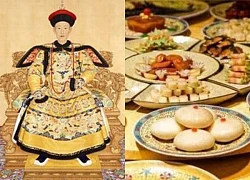 Tuyết Ngọc18:25:49 10/08/2024Much of what went on in the daily lives of famous people in the Forbidden City remains a mystery to this day, including the lavish meals enjoyed by Chinese emperors.
Tuyết Ngọc18:25:49 10/08/2024Much of what went on in the daily lives of famous people in the Forbidden City remains a mystery to this day, including the lavish meals enjoyed by Chinese emperors.

4 | 1 Discuss | Share
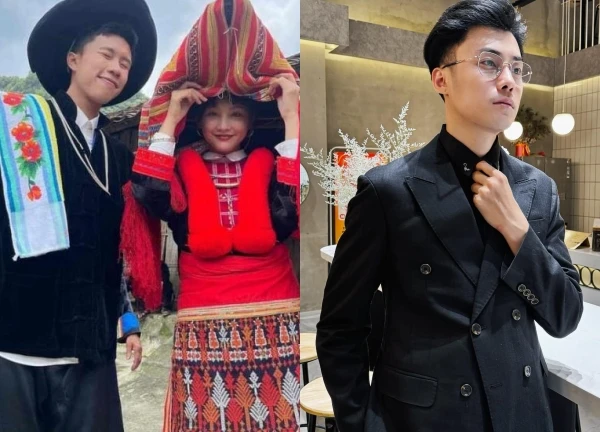
3 | 1 Discuss | Share
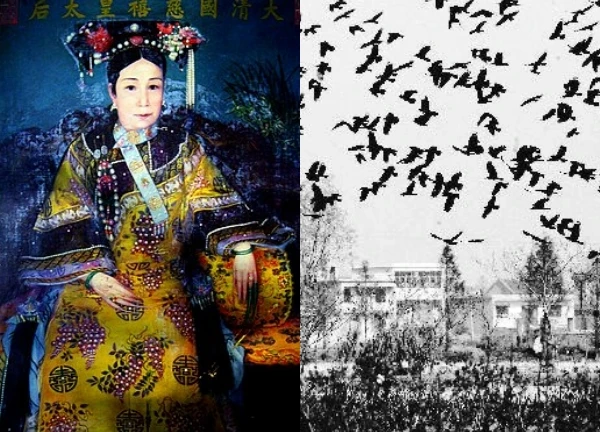
1 | 1 Discuss | Share
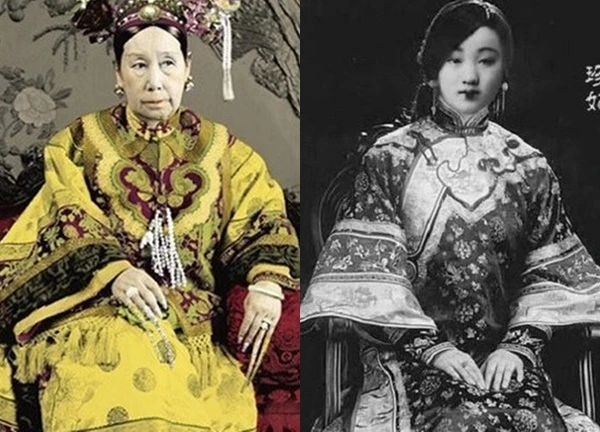
2 | 1 Discuss | Share
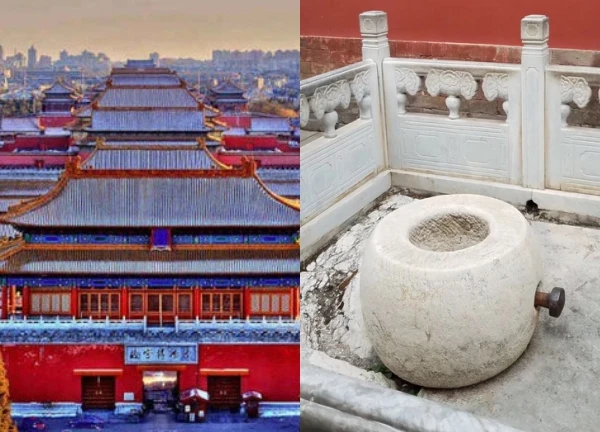
2 | 1 Discuss | Share
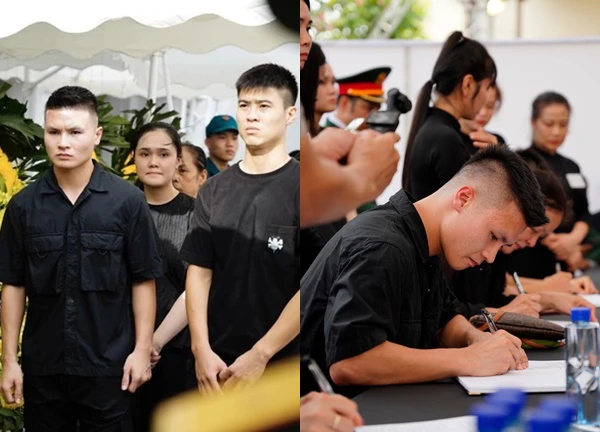
2 | 1 Discuss | Share

3 | 1 Discuss | Share
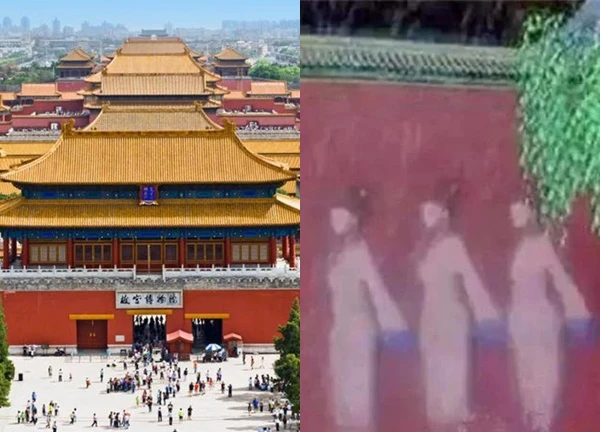
2 | 1 Discuss | Share

2 | 1 Discuss | Share

1 | 1 Discuss | Share

3 | 1 Discuss | Share
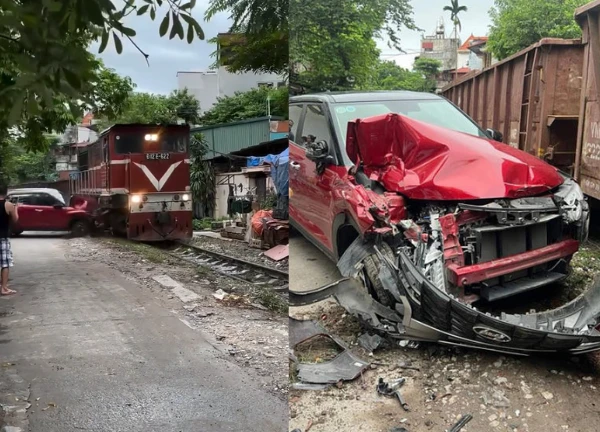
1 | 1 Discuss | Share










1 | 1 Discuss | Report